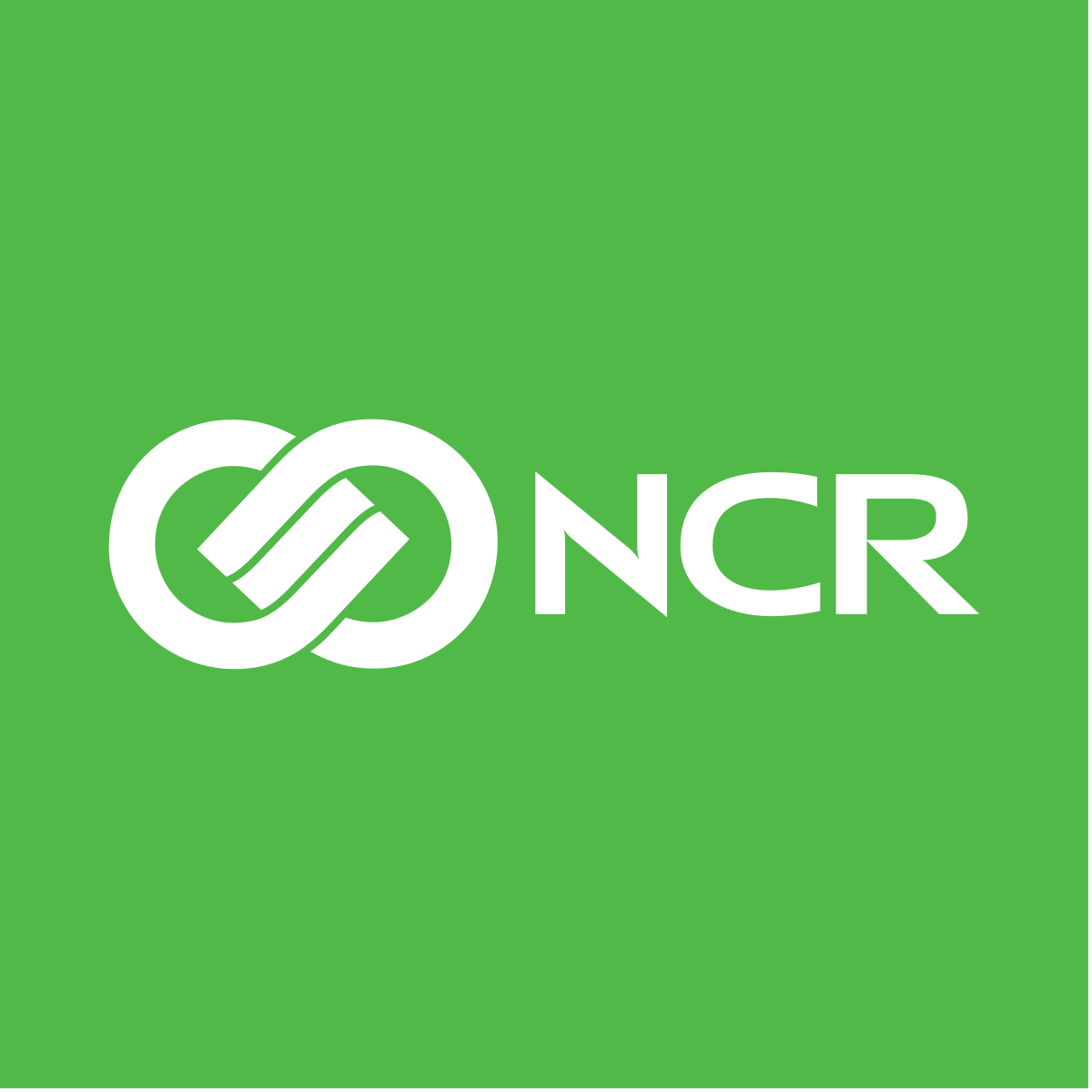There are hundreds of millions of transactions processed every day. Let that number sink in… Across ATMs, self-checkout machines, and online payments, NCR — through both hardware and software infrastructure — is helping you checkout faster. We already have tap-to-pay credit cards and payments-synced watches. So is there a way for transactions to actually get more seamless? And can creating that more effortless experience actually save you money?? Tim Vanderham, CTO and SVP at NCR, said it’s not that unrealistic.
“We’re going on this notion of frictionless, passive, and then us as consumers sharing our data where we want to share it so that we get benefits from it in our daily lives. If you’re not a bank individual, but you start thinking about what’s happening with decentralized finance around cryptocurrencies and blockchain, I can start to leverage that data in ways that I can ask for loans from my financial institution when I’m making larger purchases. It also gives me a way to save an extra $500 for a week.”
In 2021, data is precious currency, especially when you’re a company that moves hundreds of billions of data points at a time. On this episode of IT Visionaries, Tim provides a new outlook on the future of your transactions Tim also goes into how NCR, a company established in 1884, is going through its own digital transformation to deliver customers the interactions with brands they desire. Enjoy this episode.
Main Takeaways
- Into the Serververse: Right now a majority of transactions are done with the swipe of a credit card or through physical cash. But that will change, and one way it will change is through the use of digital wallets on smartphones. These digital wallets will be able to store and read your information without you ever having to actually pull out a credit card.
- It’s Just a Transaction: NCR processes hundreds of millions of transactions every day, which means that hundreds of billions of data points pass through its system. These data points will eventually allow consumers to use that information to create better financial profiles — meaning if a user routinely invests 20 dollars into an account, the system will be able to automatically do that or that data will be used to create recurring buying profiles.
- From Hardware to Software: When you’re transforming a company that has been around for more than a century, you have to understand the verticals your company operates in. This means identifying where your technology is successful, and where you can improve. For NCR, that means moving away from just hardware products and developing a software platform that allows the three unique industries it serves to operate under one umbrella.
For a more in-depth look at this episode, check out the article below.
Article
There are hundreds of millions of transactions processed every day. Let that number sink in… Across ATMs, self-checkout machines, and online payments, NCR — through both hardware and software infrastructure — is helping you checkout faster. We already have tap-to-pay credit cards and payments-synced watches. So is there a way for transactions to actually get more seamless? And can creating that more effortless experience actually save you money?? Tim Vanderham, CTO and SVP at NCR, said it’s not that unrealistic.
“We’re going on this notion of frictionless, passive, and then us as consumers sharing our data where we want to share it so that we get benefits from it in our daily lives. If you’re not a bank individual, but you start thinking about what’s happening with decentralized finance around cryptocurrencies and blockchain, I can start to leverage that data in ways that I can ask for loans from my financial institution when I’m making larger purchases. It also gives me a way to save an extra $500 for a week.”
In 2021, data is precious currency, especially when you’re a company that moves hundreds of billions of data points at a time. On this episode of IT Visionaries, Tim provides a new outlook on the future of your transactions Tim also goes into how NCR, a company established in 1884, is going through its own digital transformation to deliver customers the interactions with brands they desire.
There’s a good chance you might not have realized it, but you’ve probably interacted with NCR technology at some point in your buying journey. Maybe it’s withdrawing money from an ATM, using a banking platform, or paying your bill at a restaurant. Well, NCR manages the entire ecosystem of those experiences. From the physical machines to the software that operates them, NCR is going through a renaissance as it plays catch up with other digitally native enterprises.
“We’re in this huge transformation from where we are as a 135-year-old company,” Vanderham said. “[Right now we’re] doing a bunch of hardware, and we are slowly getting into software. So right now we are really focusing on a digital transformation and delivering software that consumers interact with.”
NCR operates within three lines of business; banking, retail, and hospitality. With so many moving parts, Vandherham said he tries to narrow down the company’s individual segments to capabilities, but what is most important is that the company finds a way to make those three avenues work together.
“The vision is to be a software platform, where we’ve got commonality and a common approach to how somebody does something and then we can use it,” he said. “A great example — we have software in the market today that allows a consumer or a small business owner to order money from their bank branch, have that item left in a locker and then pick it up off hours.”
The future of transactions is changing at an accelerated rate, a pace that has been full-steam ahead due to the COVID-19 pandemic. But it’s also changing because of the way consumers transact. With more buying behavior happening online, and users gobbling up cryptocurrency like it’s the last piece of pie at a family reunion, NCR is having to rethink how it lets users interact with its systems.
“It’s an evolution as you described,” Vanderham said. “It will be an evolution of digital first, with everything starting with a digital transaction. Even if you finish it in person at a bank branch, at a restaurant or at a retail store.”
There are a few ways those transactions will change over the coming years. Vandherham sees digital identities becoming much more than just passwords and login credentials, but actual digital wallets, where users can seamlessly interact with brands and services without ever having to actually give their information.
“All of us as consumers are going to get to a point where we have a digital identity,” he said. “That digital identity is stored with us in some cryptographic wallets. We have a smartphone. So I unlock it with my face, or my thumbprint, or my passcode. And that’s going to then know who I am, where I live, and who my bank is. It’s going to have a lot of knowledge about me. That’s going to start driving everything from how I purchase, to how I get taxed. When you start thinking about sales tax, everything’s going to be driven off of that wallet, or that digital identity.”
The idea of a digital wallet builds upon the idea of creating a frictionless experience for buyers. This is something that companies such as Amazon have tried in the past, where users can enter a store, pick an item off the shelf, and walk out without ever actually going through a checkout process. Vanderham said that the proliferation of that process is not far away,
“We need to be able to give software effectively and at a cost point that supports no matter what model that customer is running with,” he said. “When you think about frictionless, that’s just the evolution of self-checkout. Data aggregation around you as a consumer, the 360 view of what you do is going to allow you to share that back with your other trusted providers of services that you want. And if you can start to gain value from that, that’s going to gain your trust and that’s going to make it even more frictionless, or even more passive, as you start to interact with those other companies. That’s where I think we’re going on this notion of frictionless, passive.”
To hear more from Vanderham about NCR technology and the future of online and in-person transactions, check out the full episode of IT Visionaries!
To hear the entire discussion, tune into IT Visionaries here.




